Motivation
Before starting on the project, I was in a bit of a photographic funk, because my financial circumstances kept me from making some equipment upgrades that I’d expected to make by now. I was dejected about the process of photography, and failed to appreciate that a camera that could make good photographs four years ago could still make good photographs today. I thought that a project would be a good kick in the rear to start photographing again.Additionally, I’d just purchased the A28 lens in question—it hadn’t even arrived yet at the start of the project. I thought that spending a month and a half with the new lens, exclusively, would help me to learn about the lens and see the way that it sees.
Why 28 mm?
In the days of film photography, one of my favorite cameras was my Canonet QL17 GIII rangefinder. It was equipped with a non-interchangeable 40 mm f/1.7 lens. That focal length always felt natural to me and I developed an affinity for it, more so than the standard 50 mm lens, or the 28 or 35 mm wide angles. On the APS-C format of my Pentax K10D, 28 mm has nearly the same field of view as 40 mm did on 35 mm film.Incidentally, 35 mm film has a frame diagonal of 43.3 mm, and the Pentax K10D has a diagonal of 28.3 mm, so these lenses are very close to the “true normals” for these formats.
The A28 was sold from 1984–88. As an A-series lens, the A28 offers full automation on Pentax DSLRs, though it is a manual-focus lens.
Performance of the Pentax A28
The first copy of the A28 that I received had a loose focusing barrel, which made it difficult to focus and frame precisely. Additionally, I discovered that it had uneven sharpness across the frame, progressing from a soft left side to a sharp right side. The seller had two additional copies of the lens, and graciously sent me both of the others to evaluate. One of those copies had a bad diaphragm, but the other is very good, and served me well through the remainder of the project. It’s earned a spot in my bag.At f/2.8, I find the A28 to outperform my smc PENTAX-DA 18–55 mm f/3.5–5.6 AL kit lens wide open (f/4), at least in the center of the field. At moderate apertures, I find the A28 to be very sharp, clearly outresolving the K10D’s sensor, even at the edge:

Click to embiggen. 4x zoom near left edge of frame, viewed with my Lightroom defaults. Note ~1px wide power lines and other narrow features.
I plan to purchase a replacement focusing screen for my next camera, probably a microprism screen, which was the focusing aid that worked best for me in my film days. I’m not willing to invest much money in the K10D at this point, but in retrospect, I should have tried a $20 Chinese eBay screen before embarking on this project.
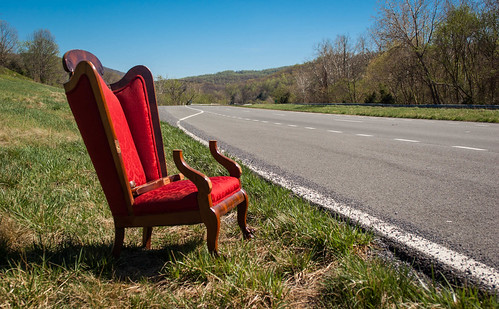
I love this picture. Too bad the chair's not quite in focus. I checked several of the exposures in the field, but not this one, which had the best composition.
Compared to modern lenses, the A28 shows a tendency to flare when shooting into the sun. If I didn’t have any modern lenses, this might be frustrating, but since the A28 will just be one member of my stable, I kind of appreciate its flaring tendencies. I think its flare can give a “vintage” look to certain shots.
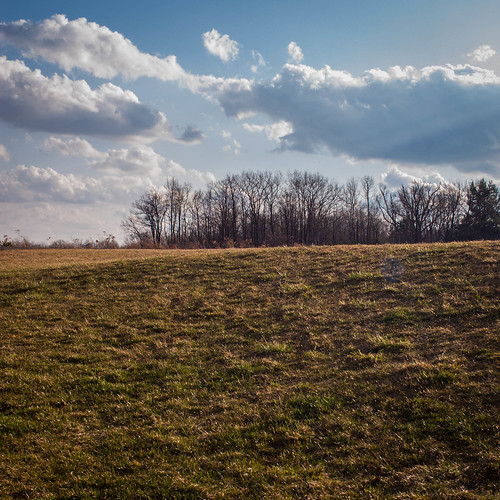
There's a bit of veiling flare here from the sun, out of frame to the right. I think it gives a distinctive look to the lens.
Results and findings
Going into the project, I thought that the most challenging aspect would be to shoot with a single focal length for the duration. This was not at all the case. By far, shooting every day had the biggest effect on my photography. This is something I’d heard from other photographers countless times. But until I tried it, I didn’t appreciate it.Shooting at 28 mm wasn’t a big deal. You can’t shoot everything with this lens, but there’s always something to shoot. Like I said, it’s a focal length I feel comfortable with, and I quickly found myself seeing the world around me with its field of view.
When I decided to try to post a photography every day, I was certain that there would be days that I would punt, and just post a snapshot of the cat or something. There were days, especially near the end, when it was dark and I was at home and bored and hadn’t shot anything, that I did find it challenging to find a good subject. But I never felt like I was throwing in the towel. Not all of my photographs from this project are masterpieces, but I surprised myself by consistently having something that I was willing to present to my readers. Most days I had a few. All told, I published 190 photographs on Flickr in the 47 days of the project.

My only cat picture from the project. But it's a deliberate cat picture, not a cat picture of desperation.
Of course, I could travel light at any time. But I hardly ever did. It was the Paradox of Choice made physical. I didn’t feel like taking everything, so I took nothing. Instead of taking everything somewhere rarely, I need to learn to take less, more often. (Incidentally, both of my mobile devices—a dumbphone and an iPod Touch—have lousy cameras. Getting a phone with a decent camera would help me to be “carrying” all the time.)
There’s also an attitude adjustment that came with working on a project. Once I decided that this thing I’m doing is important to me, I gave myself permission to go out of my way to pursue it. One morning, on my way to work, I liked the heavy frost and the look of the sky, so I got off the highway and spent a few minutes photographing.
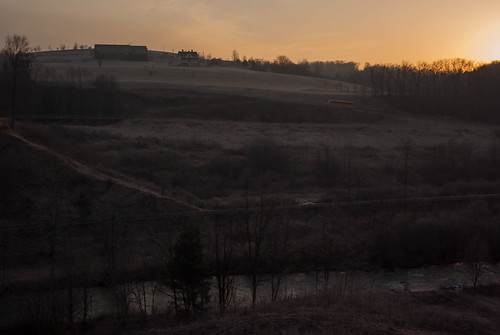
Sunrise, taken on the way to work. This works best viewed large, so the school bus and other details are visible.
One Friday, I took some unfamiliar back roads home from work to find an interesting photograph. I shot some wind turbines, and I was happy with what I got. I continued towards home on the country roads. Passing an a unspoiled farm field, I saw a scene with dramatic clouds and light. It caught my attention, but I was driving home, and my instinct was just to keep on going. Even though the Spousal Unit was away for the weekend, and I had no plans, no reason to hurry home, my inertia kept me from pulling over. After all, I got some good shots already. Finally, at the next stop sign, I caught myself, and reminded myself what I was doing. I turned around, and made what I consider the best photograph of the project, and the best I’ve done in quite a while. If you see a picture, stop and take it. There’s no bag limit.
Finally, if you go looking for something interesting, there’s a good chance you’ll find it. This is true even in little slivers of time on your way from here to there. I planned one day to stop at an overlook above Mine 40. Maybe take a picture of the valley. When I got there, I discovered the charred remains of an old building, full of interesting colors and textures. I hope to go back there to explore it some more. Maybe when I’m not wearing my work khakis.
What about the equipment ennui that provoked the project? I think I got a healthy reminder that old gear can still take good photographs. That’s not to say that my gear lust has been cured. I like to work handheld in low light, and new cameras are far more capable in that department than the K10D. If you look at the photographs from this project, you’ll see a lot of exposures around 1/15 second, which is about the limit for the K10D’s shake reduction. (As always, I’m thankful for Pentax’s in-body shake reduction, which works with cheap old lenses like the A28.) I like to keep the K10D at ISO 200 or below if I can. A camera that delivers the same quality at ISO 800 would be a big upgrade. It’s like what I said about the lens before: I can’t shoot everything, but there’s a lot of things I can shoot.
I was helped by the release of Adobe Lightroom 4 early in the project. It does a great job wrangling contrasty scenes into something manageable. For someone like me who works mostly in uncontrolled light, it’s almost magical. I'm amazed at what it can do with K10D files, and I'm sure it's brilliant with newer sensors that have a larger dynamic range.
I was also helped by the remarkably mild winter and spring weather. It let me do most of my photography outdoors and stroll through unfamiliar neighborhoods.
Conclusions and future direction
There’s no doubt about it: Doing a project, especially a project that forces you to shoot every day, is worthwhile. During this project, I’ve been more photographically productive than almost any other time in my life. The only previous times I’ve reached this quality and quantity of output have been when I’m traveling, but those stints have not been so sustained.That said, I’m kind of relieved that the project has reached its end. I’ve been a little weary of finding something to photograph the past few days, especially around the house. Some of my best shots earlier in this project have really pleased me, and that led to a constant feeling of pressure to match them. While that feeling provides motivation, I also find it fatiguing after a while. I’m ready for a break, but I hope to carry with me the lessons I’ve expressed above.
For that reason, I don’t think I would want to do a picture-a-day project for a whole year. But I would do a project of this duration again. A month to six weeks of relatively intense photography reignited my vision.
I’m thinking of using Lightroom 4’s book module to design and print a book of the project. I don’t expect to offer it for sale, as it’s primarily of personal interest, but I may make an electronic version available. Mostly I’d like to get my first taste of book design, as I expect it will take a few tries to really get the hang of it.
We’ve got vacations planned in early summer to Wildwood and Cape May, New Jersey (our usual fall vacation at a different time) and in late summer to South Dakota. I’m looking forward to the change of scenery, and hope for some good photography to result.
Finally, I’ll leave you with a few more personal favorites from the project. Thank you to all who have come with me on my journey.
“The camera is an instrument that teaches people how to see without a camera.”— Dorothea Lange
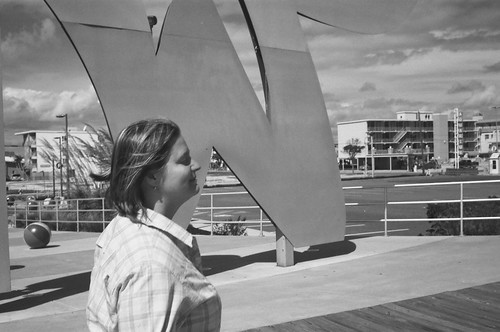

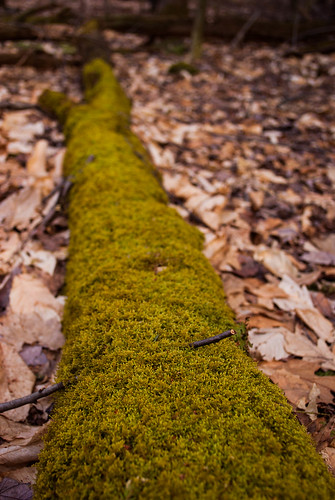
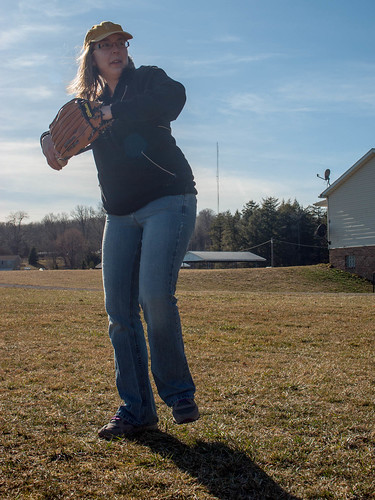





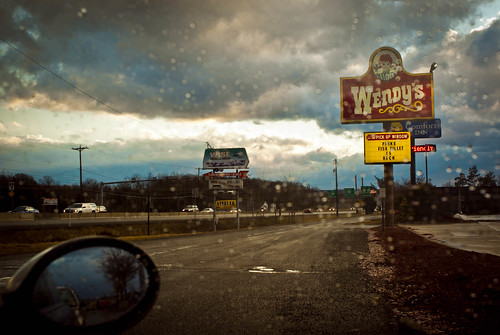


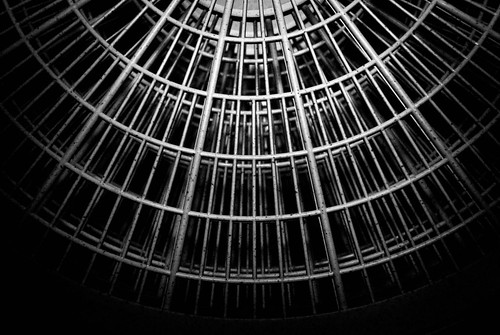
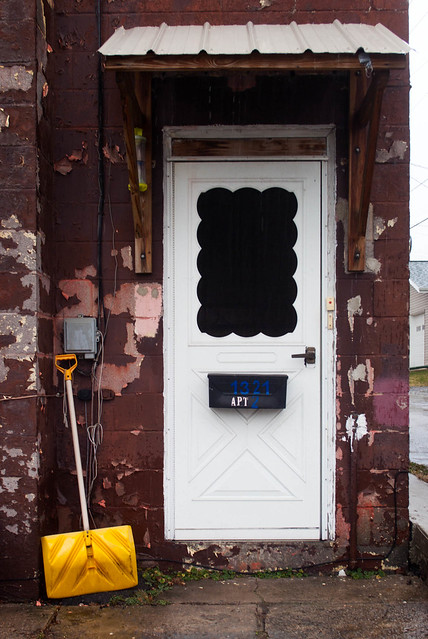

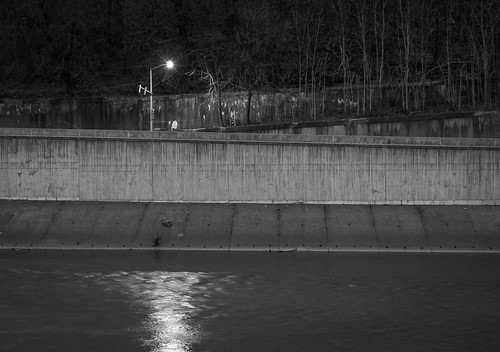

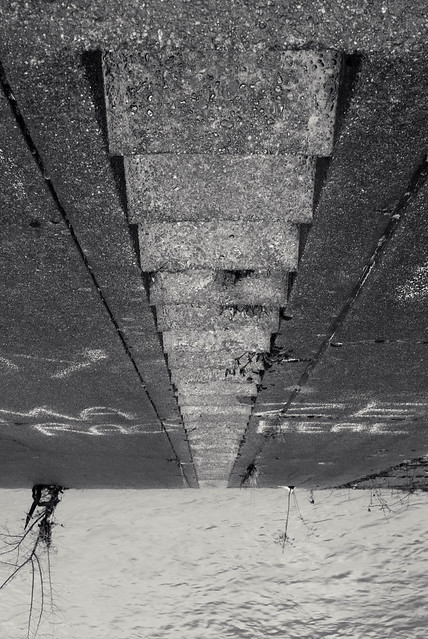

Really well done. I've enjoyed following your project and there's a lot of photographic wisdom in this wrap-up.
ReplyDeleteNot to copy just what my husband says, but your insight in this post is really good (and helpful). And I've loved seeing your pictures every day too.
ReplyDeleteThanks, Bryan and Megan!
ReplyDeleteNice post Matt - thanks for sharing your photos and the wrap-up.
ReplyDelete